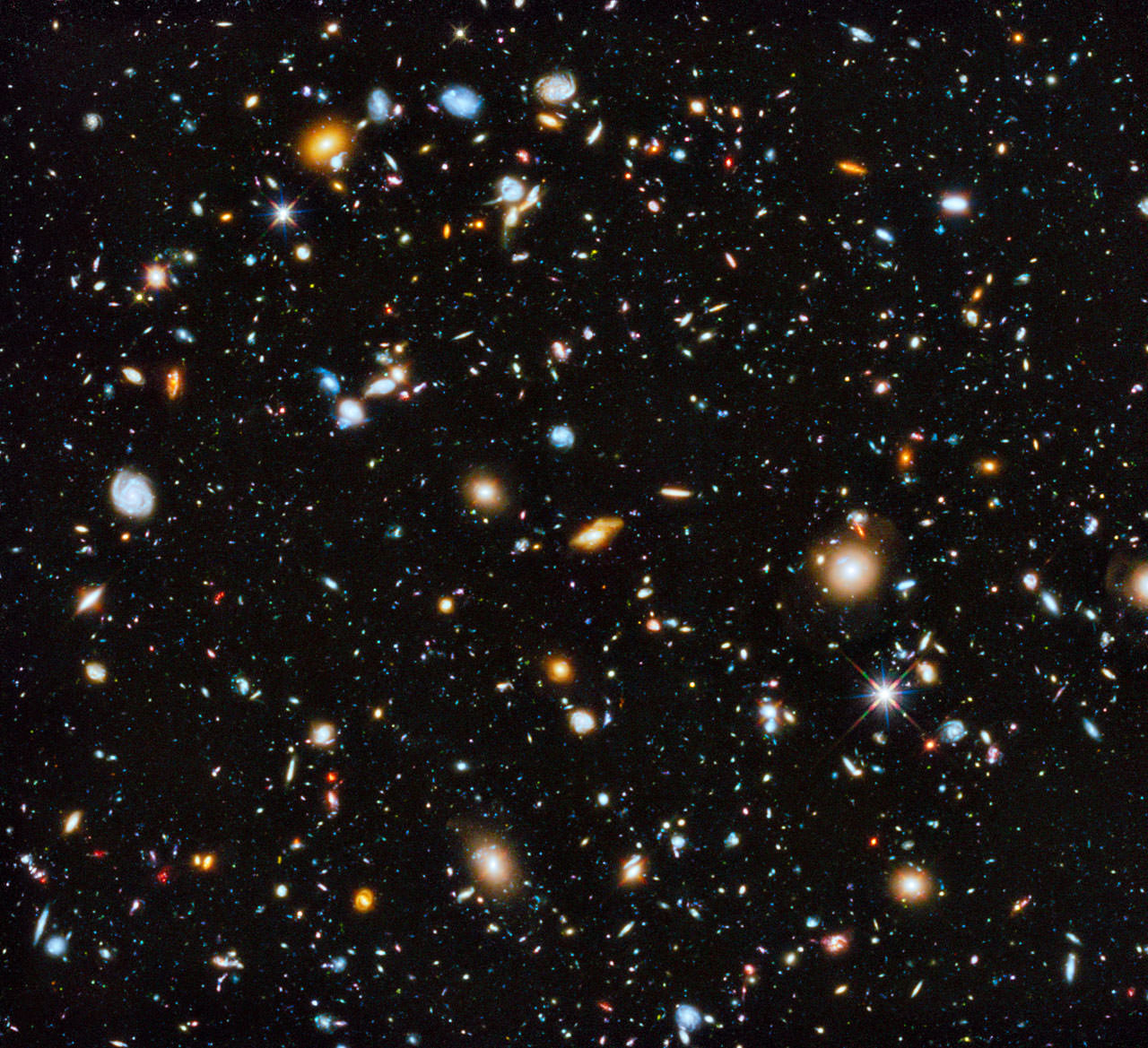At the centre of most galaxies are supermassive black holes. When they are ‘feeding’ they blast out jets of material with associated radiation that can outshine the rest of the galaxy. These are known as quasars and they are usually found in regions where huge quantities of gas exist. However, a recent study found a higher than expected number of quasars that are alone in the Universe. These loners are not surrounded by galaxies nor a supply of gas. The question therefore remains, how are they shining so brightly.
Continue reading “Why are Some Quasars So Lonely?”Why are Some Quasars So Lonely?






